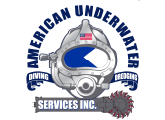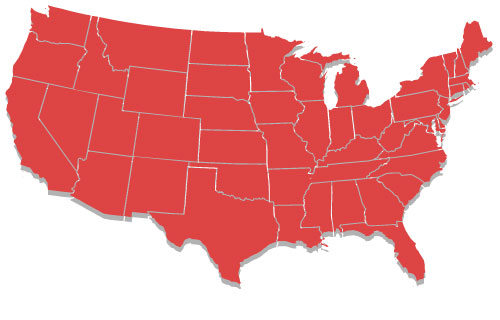Ponds, waterways, and backyard lakes add value to any area they occupy. They raise property values, help increase and improve the local ecosystem, and are valued community assets. However, hidden threats can cause your pond or waterway to become a costly nightmare.
That threat is invasive species.
What are invasive species? The United States Department of Agriculture (USDA) defines invasive species as:
“… plants, animals, or pathogens that are non-native (or alien) to the ecosystem under consideration and whose introduction causes or is likely to cause harm.“
Invasive species cost homeowners associations, golf courses, and private homeowners over 120 billion dollars annually!
Above and beyond the financial aspect, invasive species can cause an otherwise beautiful waterway to become an ugly, smelly, and unsightly mess. We will look at a few tips on how you can help prevent your pond from being infested with invasive species.
Education
Education plays a pivotal role in helping keep your waterways free from hostile invaders such as non-native plants, fish, or animals. If you manage an HOA that has ponds and waterways, you can send a physical letter to each home listing the dangers of invasive species.
Often, people need to realize they’re introducing non-native species to a pond. For example, someone could have a freshwater aquarium and get tired of it. Not wanting to kill the fish inside, they would head down to the pond under the cover of darkness and dump everything into the water.
The problem is that aquarium water can contain unwanted plant and animal life, which could set off a chain reaction culminating in a massive algae bloom or infestation of unsightly plants.
The infestation can immediately cause housing and property values to drop. A few months ago, a story was going around about a lady who resided in an HOA community with ponds. She bought her house in part because of the relaxing view of the community pond she had from her front porch.
Over the next few years, the pond in front of her house suffered from a massive infestation of a non-native weed. It was ugly and unsightly, making the pond look like a swap. Needless to say, she was unable to sell her house for the asking price because of the unsightly and stagnant pond.
Nutrient Loading
Your pond contains nutrients such as nitrites and nitrates. If left unchecked, these nutrients can spiral out of control, causing massive algae blooms and providing food for non-native plant and animal species.
There are several things you can do to prevent nutrient loading on your pond:
- Clean up dog and animal droppings (geese and other waterfowl) regularly. When it rains, these droppings are washed down into the water, where they become food for algae.
- Clean up dead leaves on the surface of the water and those adjacent to the pond on dry ground. The deepest part of the pond contains the least amount of oxygen and benefits the least. The deepest part of the pond contains the least amount of oxygen and beneficial bacteria – which can cause nutrient levels to skyrocket in a few months.
If you still need to schedule a pond dredging, now is the time. By dredging your pond, you’re getting rid of harmful nutrients, extending life, and increasing property values. If you perform regular maintenance on the pond, unsightly and smelly algae blooms will be a thing of the past.
Get to Know the Species
You or someone on your maintenance crew should also regularly pay close attention to the waterways and ponds. Just because you asked residents and guests not to dump their aquarium water into the ponds doesn’t mean they won’t do it. Take the time to learn what plant species are native to your area, and ensure no new plants bloom in your pond.
Sometimes, invasive species invade your pond in the form of a Trojan horse. One spring morning, you might look at your pond to discover many beautiful white flowers blossoming.
“How pretty!” you might exclaim.
What you need to realize is that you have an infestation of Fanwort. It clogs your water by forming dense mats on the surface. At this point, you had better act because the arrival of Fanwort means that a chain reaction of adverse events is about to be set off:
- Fanwort, once established, outcompetes native vegetation, leading to a decline in biodiversity.
- Sediment levels will increase proportionally to the amount of Fanwort on your pond. The increase in sediment level means you’ll have to dredge much more often.
- Oxygen levels in the pond will decrease, and fish and other beneficial aquatic life will die off. Eventually, the pond will begin to decline in health and, if left untreated, will resort to a swamp.
A Stich in Time Saves Nine
All ponds eventually die off. Unless man intervenes regularly, nature will take her course and slowly revert the pond to a swamp, then to dry land. Therefore, it’s critically important to perform periodic pond cleaning and preventative maintenance.
With all the forces of Mother Nature acting against the longevity of a pond, it stands to reason that the longer you wait to perform maintenance, the costlier the eventual maintenance will be. You should perform essential monthly pond maintenance, including looking for invasive species.
By scheduling dredging once a year, you’re actively reducing the water’s nutrients, which can lead to unsightly algae blooms or feed invasive plant species. As a bonus, you can also use the material dredged up from the bottom of the pond as fertilizer for grass, lawns, or gardens.


